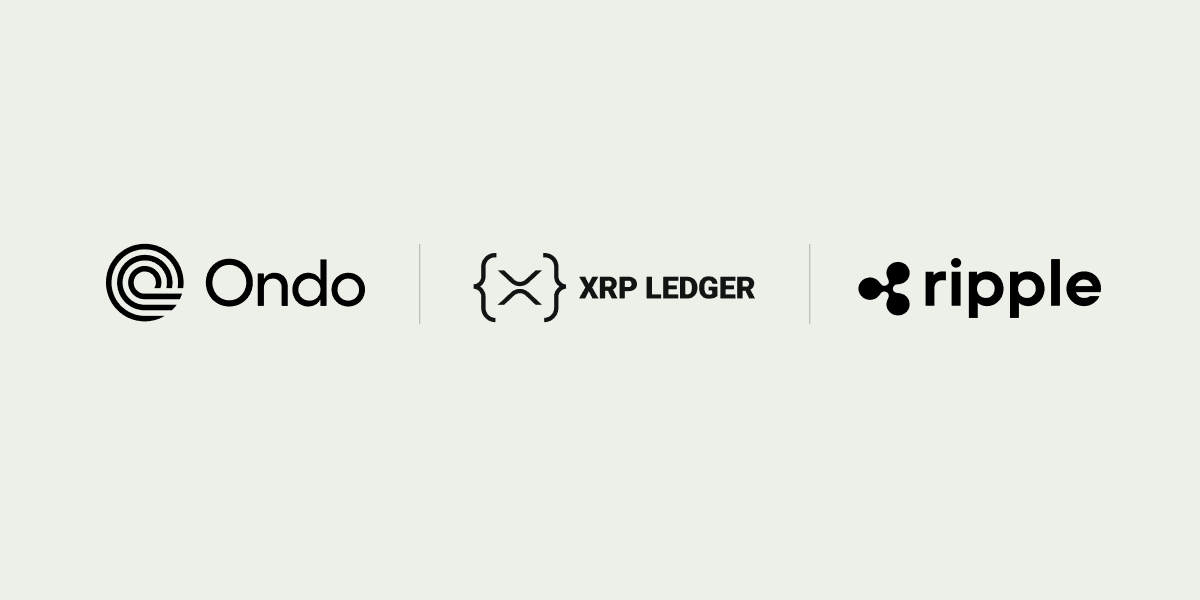As the world of crypto and TradFi blends, and crypto grows in importance as a vehicle for global value transfers and fiat itself gets represented by digital avatars—be it as stablecoins or central bank digital currencies (CBDCs)—the race to be the orchestrators of the global financial network has begun. By being crypto native, exchanges are taking the lead in this race, and they will hold on to it unless traditional financial institutions accelerate their efforts and claim the title. Though exchanges have jumped ahead, traditional financial institutions have some strong advantages they can and should leverage to outpace their new competitors.
Traditionally, banks have been the trusted institutions that consumers use to manage their accounts. They not only help consumers store or invest their money but also act as trusted intermediaries to exchange and transfer value.
Governments rely on banks to propagate central bank monetary policies. The explicit and implicit government guarantees allow consumers to trust their banks wholeheartedly–even if they have to pay a hefty fee for it. With each country—especially in emerging markets—being more or less an economic walled garden when it comes to cross-border money flows, governments made banks the entry points for capital flows via regulations and licenses.
Historically, this has given big banks the upper hand in moving money across borders. Low competition and little incentive to innovate make the process more onerous, time-consuming and expensive than it needs to be.
The growth of crypto gave birth to exchanges. Even though the spirit of crypto is non-custodial—‘not your keys, not your money’—average consumers want a custodial solution that helps them manage their keys and thereby manage their crypto. Exchanges cropped up to serve these needs and along the way provided an increasing number of value-added services—going beyond storing crypto to savings and loan type offerings with, for example, staking and yield opportunities.
Since the underlying crypto networks are geographically agnostic—with the exception of regulations— and decentralized, the technical plumbing to move money anywhere in the world in a low cost, 365/24/7, and fast manner is built into the exchange offering. Ripple’s On-Demand Liquidity solution easily moves money from one country to another, tapping into a global network of exchanges to transfer fiat to crypto.
Currently, banks and exchanges each own a separate type of customer relationship—financial institutions own fiat needs and exchanges fulfill the crypto for banks. Three things will blur this line:
Regulators are gradually starting to open up to crypto, allowing both banks and exchanges—with the right set of licenses—to offer money movement and management services.
As more central banks start to experiment with CBDCs
and stablecoins become more pervasive, digital representation of fiat will necessitate the need for crypto rails.
And lastly, but more importantly, users are starting to see both fiat and crypto as similar offerings when it comes to the storage and movement of value. Given the early entry into crypto, exchanges are better positioned to tap into these trends to become the banking services of the future and capture a bigger share of the user's financial transactions. Banks will need to work hard to navigate these changes given the legacy processes and infrastructure they rely on.
However, banks can get ahead of the curve by leveraging their vantage point and adding crypto offerings to their user base. The ingrained relationship that banks have with the users, the time-tested depth of it and the scale of their user base give them the edge. Along with that, banks offer necessary built-in consumer protections. Each of these components has allowed banks to establish trusted relationships with their customers, a trust which has faltered in some crypto-related companies in recent months given the current state of crypto.
Nonetheless, consumer demand for crypto isn’t going away. Banks stand to benefit exponentially from adding crypto capabilities to their offerings. Many are already exploring how they can offer the ability for users to buy/sell crypto, and how they can leverage crypto rails to move money across borders.
Further down the line, cross-border payment rails will become even more decentralized and commoditized. Taro on lightning/bitcoin is a good directional example of the shape of the future. And in that world, there will be many competing offerings as it becomes easier to build on top of the decentralized rails with differentiated customer experiences. RippleNet, with years of building cross-border payments atop crypto and fiat rails, stands to gain with its compelling customer experience. Essentially, in the long run, it's anyone’s race but the decentralization of payment rails is leaning more tortoise than hare.
Ripple is uniquely positioned to guide banks through this challenge, not just powering value transfer using Ripple’s crypto-enabled payments solution but also enabling banks to provide crypto offerings for their users through our Liquidity Hub solution.
It's TradFi’s game to win or lose. The race is on.
To learn more about Ripple, get in touch.







